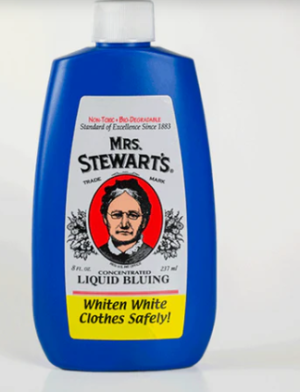i seen this online and i think this is the study the author is talking about
https://onlinelibrary.wiley.com/doi/10.1002/cne.20879
"Most research indicates that salmonids have cones to detect UV light when small, but as the fish grow these cones gradually disappear. Their diet in their early period of life consists of zooplankton and other small creatures that reflect UV light, but as the fish get larger they can no longer filter such food with their gillrakers. This is given as the main reason why no UV receptors are found in fish above 2 years old.
Other studies, however, have shown that new temporary UV receptors are created annually to coincide with the spawning migration and that these are used to detect polarised light as a navigational aid.
This would mean that returning seatrout and salmon do have some ability to see UV but I have yet to see any evidence that would lead me to believe that this is used for prey detection. It would seem unlikely, both because this is the time when their appetite is suppressed and, if it was a useful tool for finding food, it is logical that they would retain it throughout their life."
"The retinas of many vertebrates have cone photoreceptors that express multiple visual pigments. In many of these animals, including humans, the original cones to appear in the retina (which express UV or blue opsin) may change opsin types, giving rise to new spectral phenotypes. Here we used microspectrophotometry and in situ hybridization with cDNA probes to study the distribution of UV and blue cones in the retinas of four species of Pacific salmon (coho, chum, chinook, and pink salmon), in the Atlantic salmon, and in the rainbow/steelhead trout. In Pacific salmon and in the trout, all single cones express a UV opsin at hatching (λmax of the visual pigment ∼365 nm), and these cones later transform into blue cones by opsin changeover (λmax of the blue visual pigment ∼434 nm). Cones undergoing UV opsin downregulation exhibit either of two spectral absorbance profiles. The first is characterized by UV and blue absorbance peaks, with blue absorbance dominating the base of the outer segment. The second shows UV absorbance diminishing from the outer segment tip to the base, with no sign of blue absorbance. The first absorbance profile indicates a transformation from UV to blue phenotype by opsin changeover, while the second type suggests that the cone is undergoing apoptosis. These two events (transformation and loss of corner cones) are closely associated in time and progress from ventral to dorsal retina. Each double cone member contains green (λmax ∼510 nm) or red (λmax ∼565 nm) visual pigment (double cones are green/red pairs), and, like the rods (λmax ∼508 nm), do not exhibit opsin changeover. Unlike Pacific salmonids, the Atlantic salmon shows a mixture of UV and blue cones and a partial loss of corner cones at hatching. This study establishes the UV-to-blue cone transformation as a general feature of retinal growth in Pacific salmonids (genus
Oncorhynchus). J. Comp. Neurol. 495:213–235, 2006. © 2006 Wiley-Liss, Inc."

 pubmed.ncbi.nlm.nih.gov
pubmed.ncbi.nlm.nih.gov


